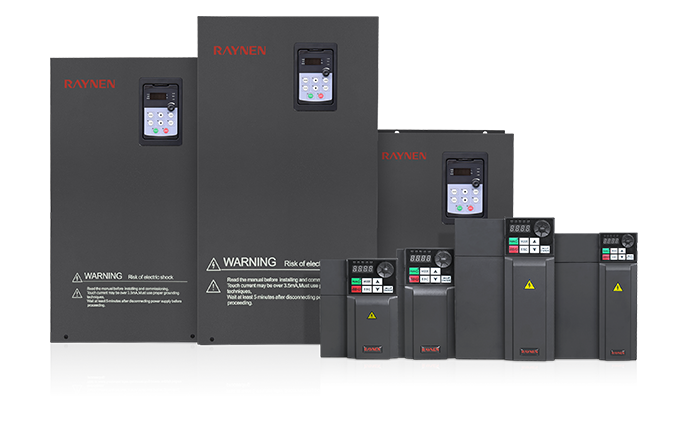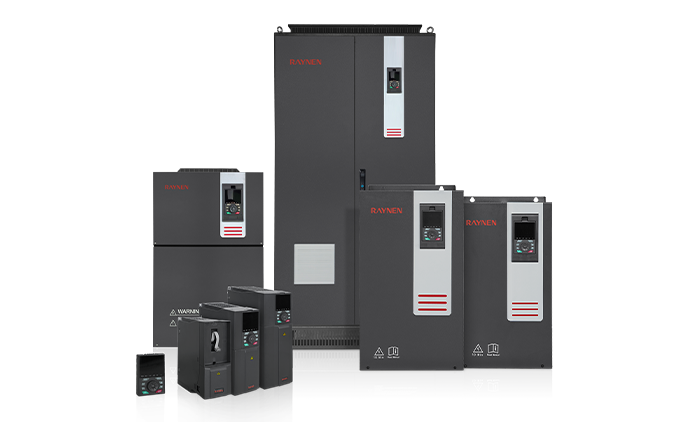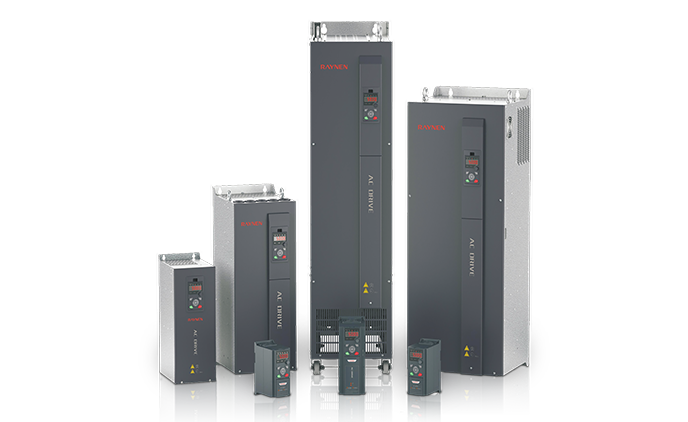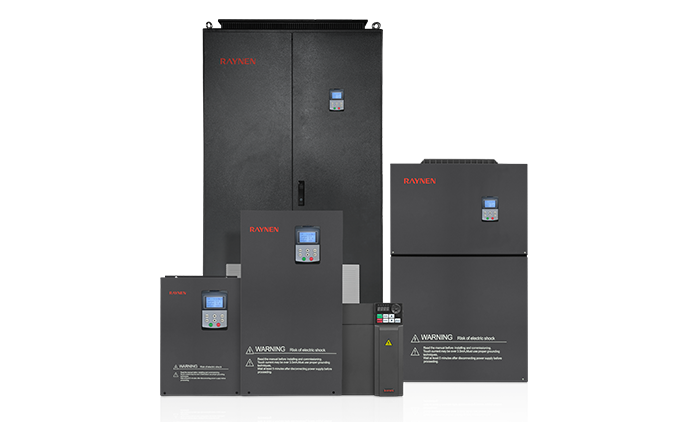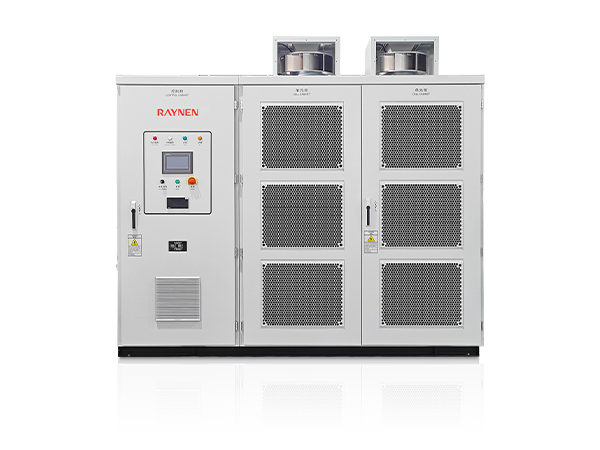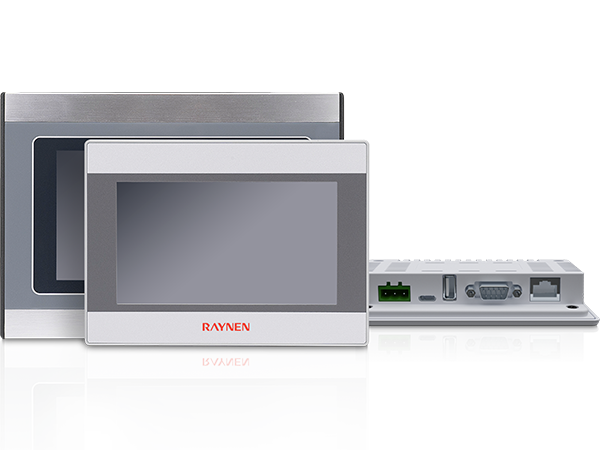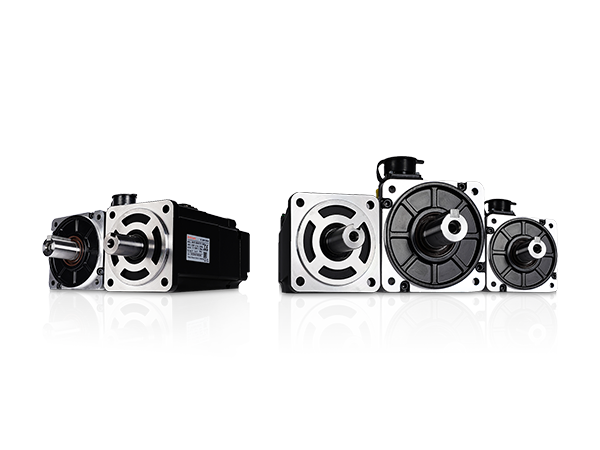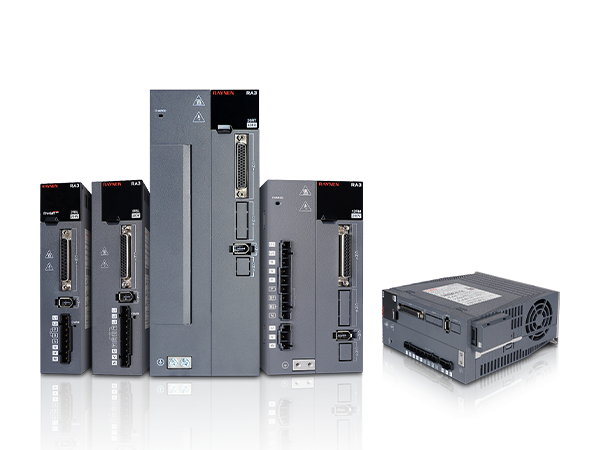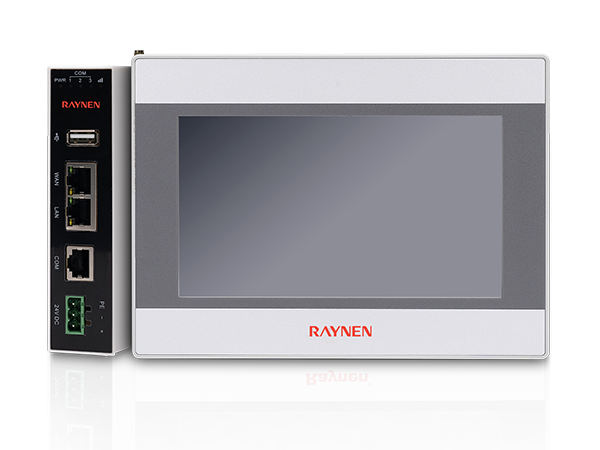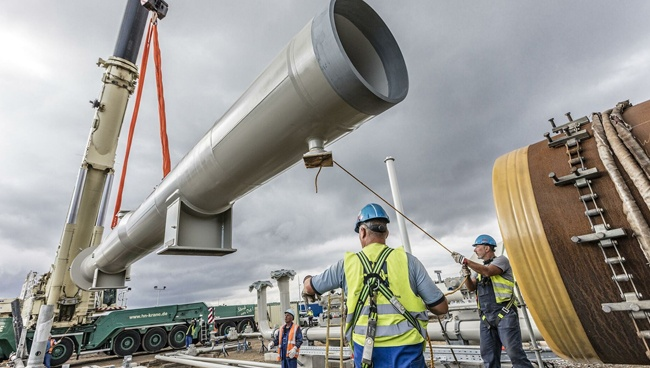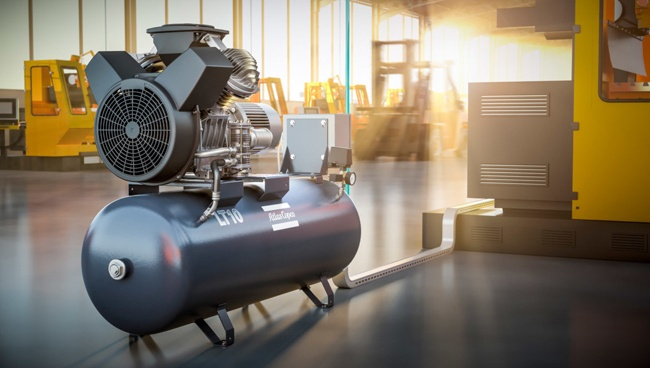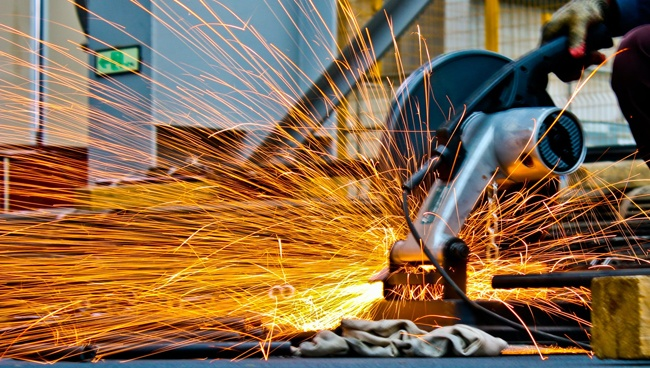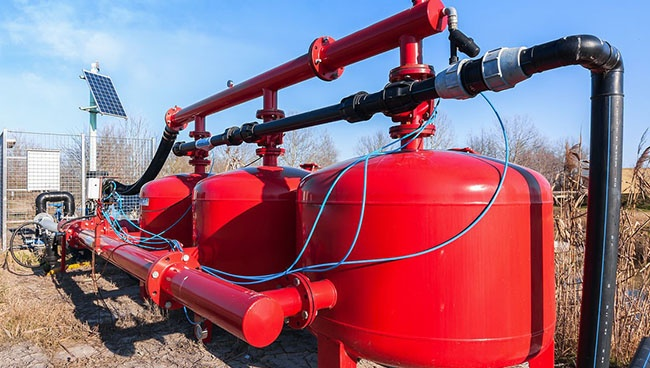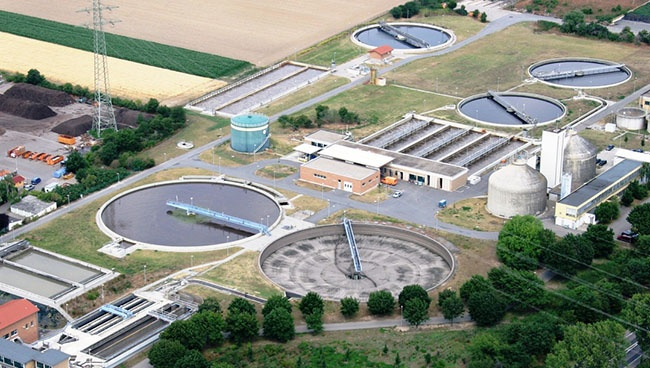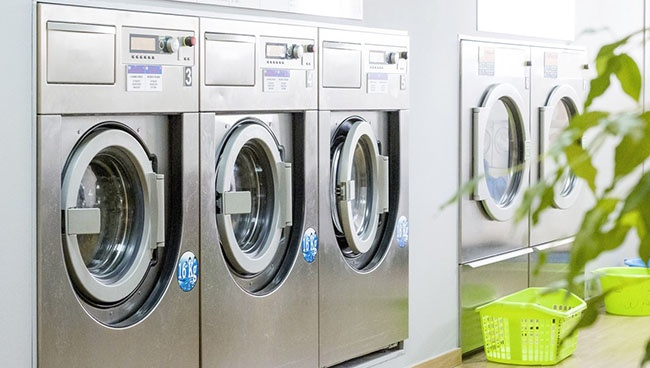1.Introduction to AC Drives (Variable Frequency Drives) In the realm of modern industrial control an......
READ MOREWhat are the benefits of using a low-voltage soft starter?
In modern industrial production, many applications rely on electric motors for power. However, directly starting a high-power motor can lead to a series of problems, such as sudden voltage drops, mechanical shock, and equipment wear. The low-voltage soft starter is an advanced motor control device that is key to solving these issues. It provides a smooth, controlled startup process, offering numerous significant advantages.
What is a Soft Starter?
A soft starter is a solid-state electronic device that gradually increases the motor's voltage and current to control its torque and speed until it reaches its rated speed. Unlike traditional starting methods like Direct On-Line (DOL) or star-delta, a soft starter allows for precise control of the startup process, effectively reducing the impact on the power grid, mechanical components, and the motor itself. In the industrial sector, it is also known as a solid-state soft starter or a reduced-voltage soft starter, with all terms referring to the same technology.
Key Benefits of Using a Soft Starter
1. Protects Mechanical Equipment and Extends Service Life
Direct starting generates immense inrush current and torque, subjecting equipment to severe mechanical shock. For example, in applications such as conveyors, pumps, and fans, a sudden start can cause belt slippage, water hammer in pipes, or blade deformation. With a soft starter, the motor accelerates smoothly, minimizing mechanical shock. This effectively protects drive components, gearboxes, and bearings, significantly extending the overall service life of the equipment.
2. Improves Power Quality and Reduces Grid Stress
When a motor starts directly, its starting current is typically 5 to 8 times the rated current. This massive current surge can cause a momentary drop in grid voltage, affecting other equipment on the same network and potentially causing protective devices to trip. A soft starter limits the starting current in a controlled manner, typically keeping it between 2 to 4 times the rated current. This significantly reduces the impact on the power grid and optimizes grid stability.
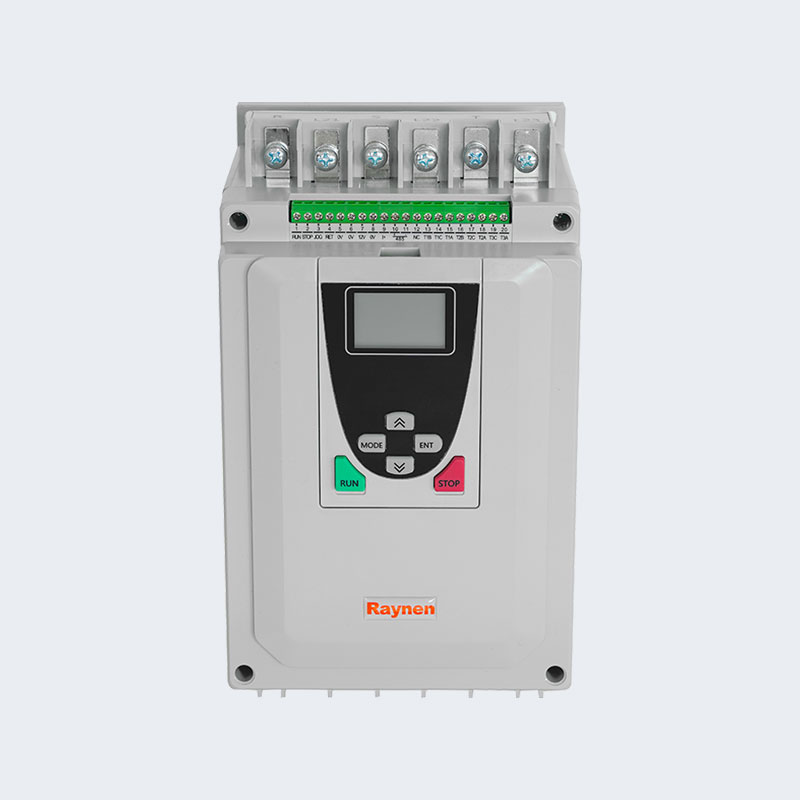
3. Enhances Efficiency and Lowers Operating Costs
While a soft starter does not directly save energy, it can indirectly achieve energy savings by optimizing the startup process. For example, in pumping applications, a soft starter can eliminate water hammer, preventing the additional energy loss caused by pressure fluctuations in pipes. Furthermore, some high-end soft starters bypass their internal power semiconductors once the motor reaches its rated speed, reducing heat loss and further improving overall operational efficiency.
4. Increases Control Precision and Enables Smart Management
Modern soft starters are not limited to just smooth starting; they also integrate a variety of advanced features. For example, some devices function as a motor starter, offering comprehensive protection for the motor, including overload, undervoltage, and phase loss protection. They also support various control modes, such as current-limit starting and constant-torque starting, which can be fine-tuned for different load types. Some soft starters even include communication interfaces, allowing them to connect to industrial automation systems (like PLCs or DCS) for remote monitoring and fault diagnosis, paving the way for smart enterprise management.
Conclusion
In summary, the low-voltage soft starter plays a crucial role in the industrial sector. Its superior smooth-starting capability effectively solves the problems of grid instability, mechanical stress, and equipment wear associated with direct starting. By protecting mechanical equipment, improving power quality, enhancing efficiency, and providing intelligent control features, soft starters offer businesses tangible economic benefits and safety assurances. Whether for new projects or equipment upgrades, choosing the right low-voltage motor soft starter is a wise decision for boosting production efficiency and ensuring stable equipment operation.

 English
English Español
Español عربى
عربى
